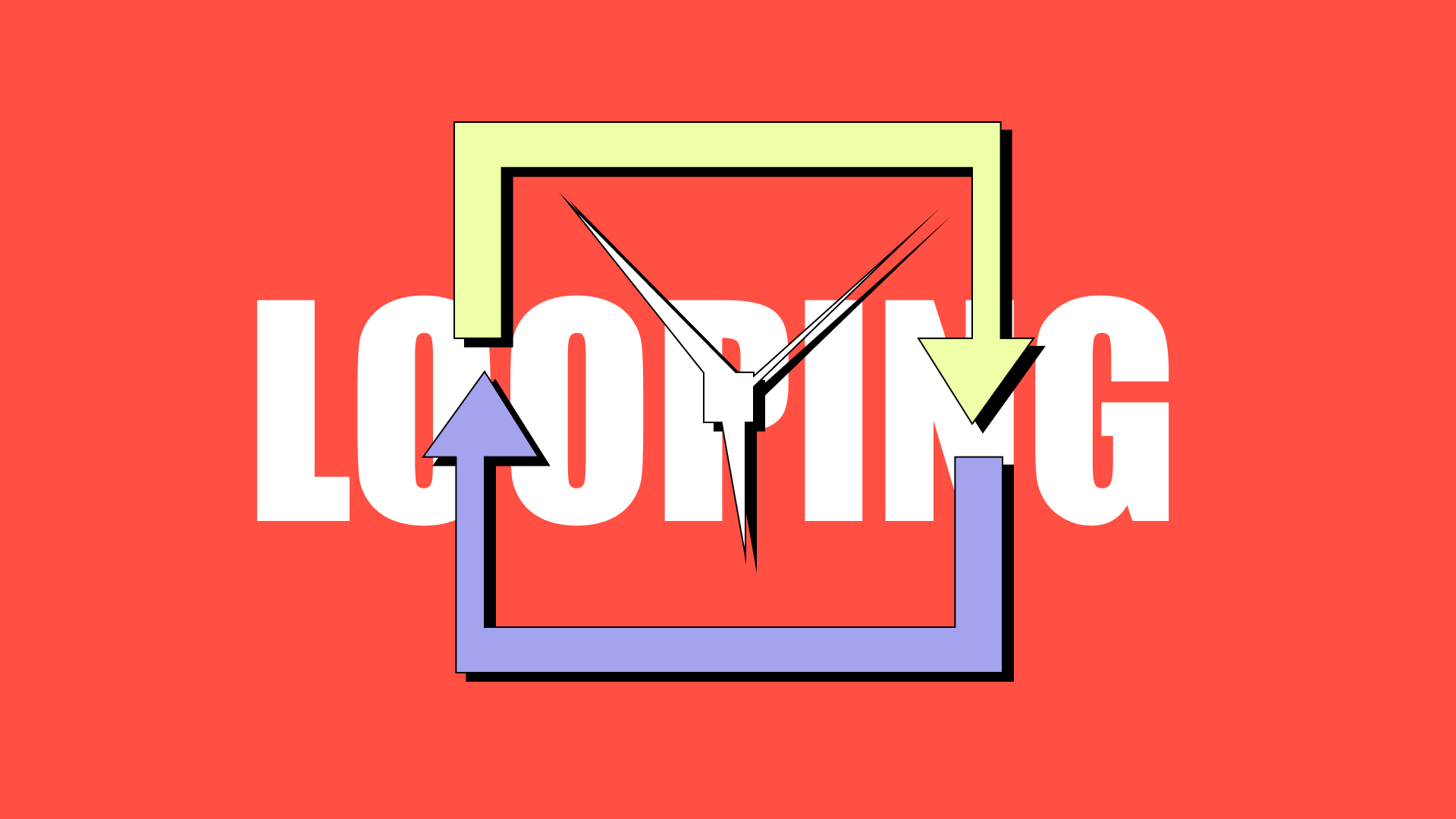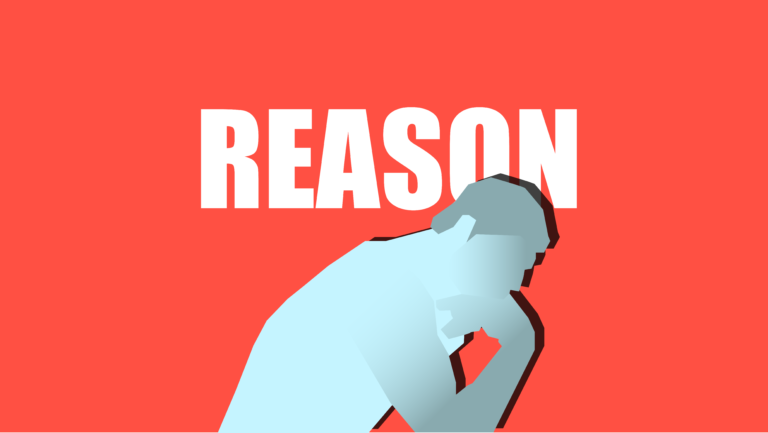Looping Part II: Introduction
This is part two of the article on Looping. For the first part, go here.
To recap, let’s revisit the concept of looping through a quote from Cal Newport in Deep Work:
A subtler, but equally effective adversary, is looping. When faced with a hard problem, your mind, as it was evolved to do, will attempt to avoid excess expenditure of energy when possible. One way it might attempt to sidestep this expenditure is by avoiding diving deeper into the problem by instead looping over and over again on what you already know about it. For example, when working on a proof, my mind has a tendency to rehash simple preliminary results, again and again, to avoid the harder work of building on these results toward the needed solution.
Tactics
Step Zero is Always Awareness
Now, let’s explore some tactics to avoid looping.
Step one is always awareness. Often, we loop simply because we don’t want to work. In these cases, uncertainty isn’t the trigger, and awareness alone can stop this type of looping.
I’ve found that I can often catch myself looping within the first few seconds, leaving me with no option but to either return to work or just delay the work if mental fatigue is driving my procrastination.
The first part of this article tackles the awareness aspect, but you can further enhance your ability to catch yourself looping by practicing meditation, particularly with the focused awareness technique.
This skill not only helps in avoiding looping but also in steering clear of other distractions like multitasking or microbreaks that disrupt your deep work flow.
1. Setting Milestones
Set clear milestones or goals before each work session to keep your mind from looping. Break down your tasks into smaller, more specific subtasks.
For example, instead of setting a vague task like “Make music,” break it down further:
- Compose the melody for the chorus.
- Create a chord progression for the verse.
- Write lyrics for the bridge.
- Record the drum track.
- Mix the bass and guitar parts together.
2. Micro-tasks
Rather than focusing on solving the entire problem, concentrate on completing just one tiny step at a time. By honing in on the smallest possible action, you reduce the intimidation factor of procrastination and keep the cognitive load minimal.
For instance, if you’re writing a complex report, focus on writing just one paragraph—or even one sentence—at a time.
3. Instant Vague Plan
Similar to the milestones tactic but more specific, this technique involves creating a quick, rough plan when you’re stuck on a particular task. The plan doesn’t have to be precise or accurate; its purpose is simply to reduce uncertainty and propel you forward.
For example, if you’re writing a ghost story and you’re stuck on the task “Finish the chapter about exorcism,” you could create an arbitrary outline like this:
- Describe the time of day.
- Write about the weather.
- Mention who will be present for the exorcism.
- Outline the exorcism process.
This outline may not make it to the final version, but its goal is to overcome inaction and get you moving.
4. Converge
This method requires a bit of old-fashioned mental effort. The key is to narrow your focus precisely on the problem you’re trying to solve.
Have you ever noticed people close their eyes while speaking to articulate their thoughts more clearly? Closing their eyes helps them channel their focus more effectively. Redirecting your focus in this way is cognitively demanding, but that’s to be expected if the work is making you loop.
A common mistake people make is trying to stop thinking about other distractions to dive deeper into the problem. However, this approach is counterproductive, as mindfulness teaches us.
On days when focusing on a particular task is more challenging, it requires extra mental effort to direct your attention. Beginners often confuse this with trying to suppress thoughts. But it’s not about not doing something—it’s about actively doing something else.
You can try this right now. Focus on your breath. If your mind is scattered, try narrowing your focus on your breath with extra effort, allowing everything else to be as it is. Let your thoughts come and go without resistance.
5. Switch Your Medium
If you’re stuck thinking about the problem in one way (e.g., writing or typing), try switching to another medium like sketching, mind mapping, thinking out loud, whiteboarding, or even having a conversation with a chatbot or a person. This can help you break the loop.
I often externalize my thoughts when I feel stuck (with hand gestures), which helps me figure things out. When thinking out loud, thoughts become more tangible, making it easier to focus on the problem compared to thinking silently. Pretending you’re explaining the problem to a friend can further clarify your thinking.
6. Set a Timer
Sometimes, focusing too much on quality can lead to looping. Creating a sense of urgency by setting a short timer can help you make quick decisions and move past the block. Remember, you can always refine it later.
7. Reverse Engineering
Start with the desired solution and work backward to the beginning. This reverse approach can offer a fresh perspective on the problem.
For example, if you’re planning a trip, think about the final outcome first and then reverse engineer the steps it would have taken to reach that point, working backward to the present.
8. Skip to a Future Step
I often use this tactic when I catch myself looping, and extra effort feels too daunting. By skipping the complicated part of the problem and moving to another section, I can continue working and often gain insights on how to solve the difficult part.
For example, if you’re programming and find yourself stuck in a loop, move on to a different section of the problem, even if it’s a different phase of the project. Or if you’re video editing and can’t decide which clip to place after “clip 4,” leave some space for “clip 5” and continue adding clips further down the timeline.
9. Limits
Sometimes, too much flexibility can lead to uncertainty and, consequently, looping. Introduce constraints or arbitrary rules to force yourself to make decisions. For example, limit yourself to only using certain tools or resources to solve a problem.
Conclusion
These tactics should be more than enough to help you avoid looping. However, remember that pushing your mind further is pointless if you’re mentally fatigued. Looping might be a sign that you need a break or an NSDR (Non-Sleep Deep Rest) session.
For more unorthodox tactics or self-improvement tools from the world’s best minds right in your inbox, subscribe to TACTICS+ below.



